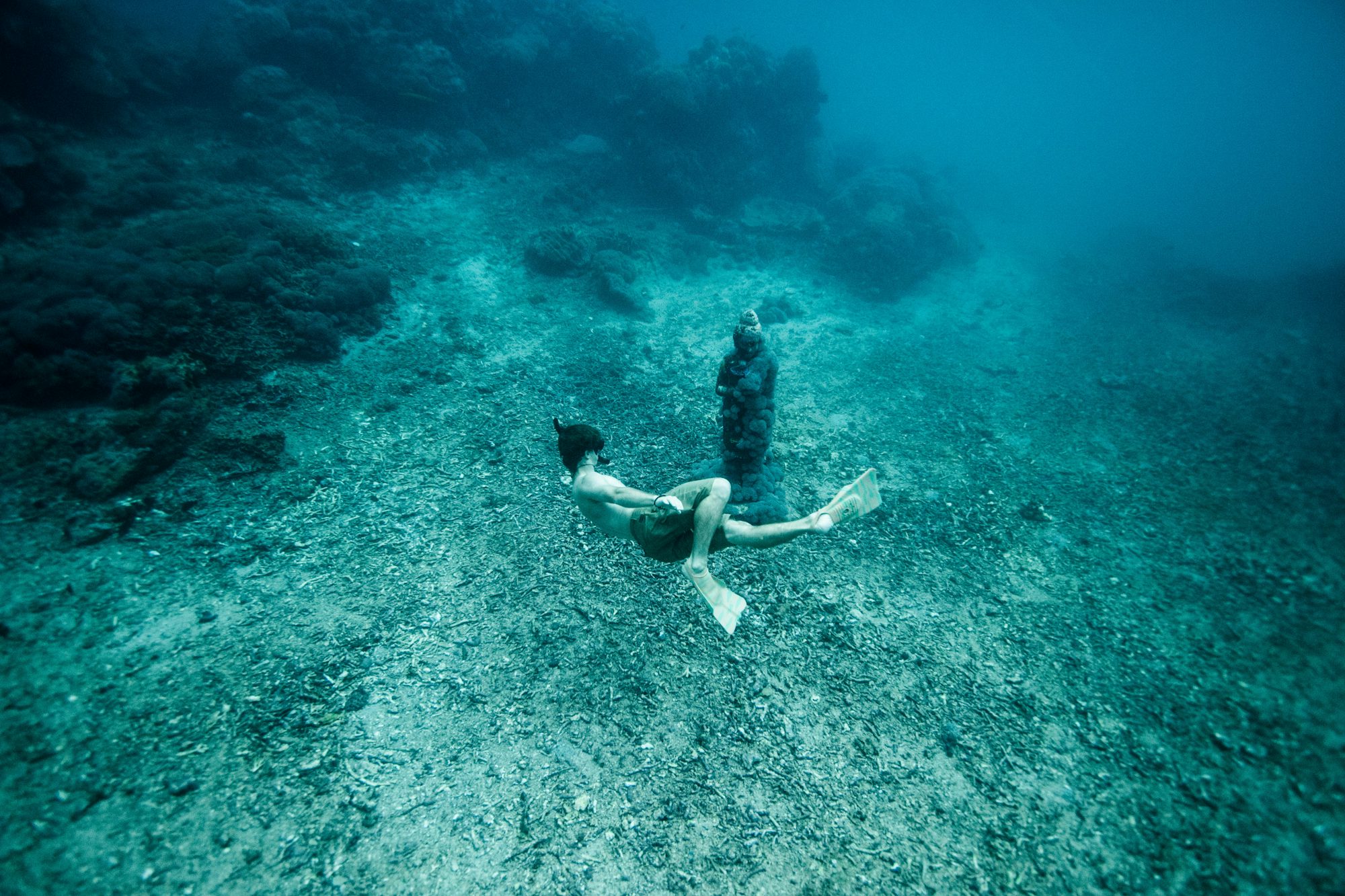
Breaking Barriers: The Rise of Diversity in Male Modeling
An exploration of models the increasing diversity in model agency male girls modeling, examining how representation has call girl evolved and its impact on the fashion industry.Traditionally, male modeling has been characterized by a narrow definition of masculinity that emphasized specific physical traits: tall, lean, and conventionally handsome. For decades, this limited perception dictated who could enter the industry, often excluding those who did not fit the mold. However, as conversations around body positivity and representation gained momentum, the industry began to respond, recognizing the need for a more inclusive approach.
The early 2000s marked the beginning of this shift, with the emergence of models who challenged the conventional standards of beauty. Figures like Tyson Beckford and Jon Kortajarena brought a fresh perspective, showcasing a more diverse range of looks and styles. Their success demonstrated that male models could embody different ethnicities, body types, and personal styles, resonating with audiences who craved authenticity in fashion.
As the dialogue surrounding diversity progressed, the fashion industry began to take note. High-profile designers and brands started casting models from various backgrounds in their campaigns and runway shows. This inclusivity was not only a response to market demand but also a reflection of changing cultural attitudes. The rise of social media further accelerated this movement, giving models a platform to call girl share their stories and connect with audiences directly.
Social media has played a pivotal role in reshaping the modeling landscape. Platforms like Instagram have enabled aspiring models from diverse backgrounds to showcase their work, bypassing traditional gatekeepers in the industry. This democratization of modeling has allowed individuals to create their own narratives, celebrating their unique identities and experiences. Models such as Khoudia Diop and Enzo Fukuoka have gained international recognition, leveraging their platforms to promote diversity and representation in the industry.
In addition to social media, the rise of body positivity movements has also significantly impacted male modeling. Body positivity champions the idea that all bodies are worthy of representation, regardless of size, shape, or appearance. As this movement gained traction, brands began to embrace models of varying sizes, emphasizing that masculinity could be represented in many forms. This shift has opened the door for plus-size male models, who have started to gain visibility in campaigns and runway shows, challenging traditional ideals of masculinity and beauty.
The impact of diversity in male modeling extends beyond mere representation; it influences consumer behavior and brand loyalty. Modern consumers are increasingly drawn to brands that prioritize inclusivity and authenticity in their marketing strategies. By featuring diverse models, brands can connect with a broader audience and foster a sense of belonging among their customers. This shift not only benefits the models themselves but also cultivates a more inclusive fashion culture that celebrates individuality.
Furthermore, the demand for diverse representation has led to the emergence of new categories within male modeling. As brands recognize the importance of authenticity, they are seeking models who reflect the varied lifestyles and identities of their target audiences. This includes commercial models who represent everyday products and fitness models who embody healthy living. Each of these categories allows for a wider array of expressions of masculinity, catering to diverse consumer preferences.
The rise of ethnic and cultural models has also been instrumental in redefining beauty standards. Models from different backgrounds have taken center stage, showcasing traditional attire and cultural aesthetics in modern contexts. This representation not only honors cultural heritage but also promotes inclusivity within the fashion industry. As consumers become more aware of the importance of representation, brands are encouraged to feature models who reflect the rich diversity of the global population.
Moreover, the increased visibility of mature models has added another layer to the evolving landscape of male modeling. As society acknowledges the value of experience and wisdom, older models are breaking into the fashion scene, showcasing style and sophistication. This trend challenges age-related stereotypes, demonstrating that elegance and confidence can thrive at any stage of life. By featuring mature models, brands can appeal to a wider demographic and foster a more inclusive understanding of masculinity.
As the modeling industry continues to evolve, it is essential to recognize the importance of representation and the impact it has on societal norms. The shift towards diversity in male modeling not only enriches the industry but also reflects a broader cultural dialogue about masculinity, beauty, and acceptance. It encourages individuals to embrace their unique identities and challenge traditional standards, paving the way for a more inclusive future.
Looking ahead, the journey towards greater diversity in male modeling is far from complete. While significant strides have been made, ongoing advocacy is necessary to ensure that all voices are heard and represented. As new generations of models enter the industry, they bring with them fresh perspectives and experiences that models will continue to shape the future of male modeling.
In conclusion, the rise of diversity in male modeling marks a significant turning point in the fashion industry. By breaking down barriers and embracing a more inclusive approach, the industry can foster a culture that celebrates individuality and representation. As consumers continue to demand authenticity and diversity, brands that prioritize these values will thrive, ultimately leading to a richer and more vibrant fashion landscape. The evolution of male modeling is a testament to the power of representation and the impact it can have on shaping societal perceptions of beauty and masculinity.